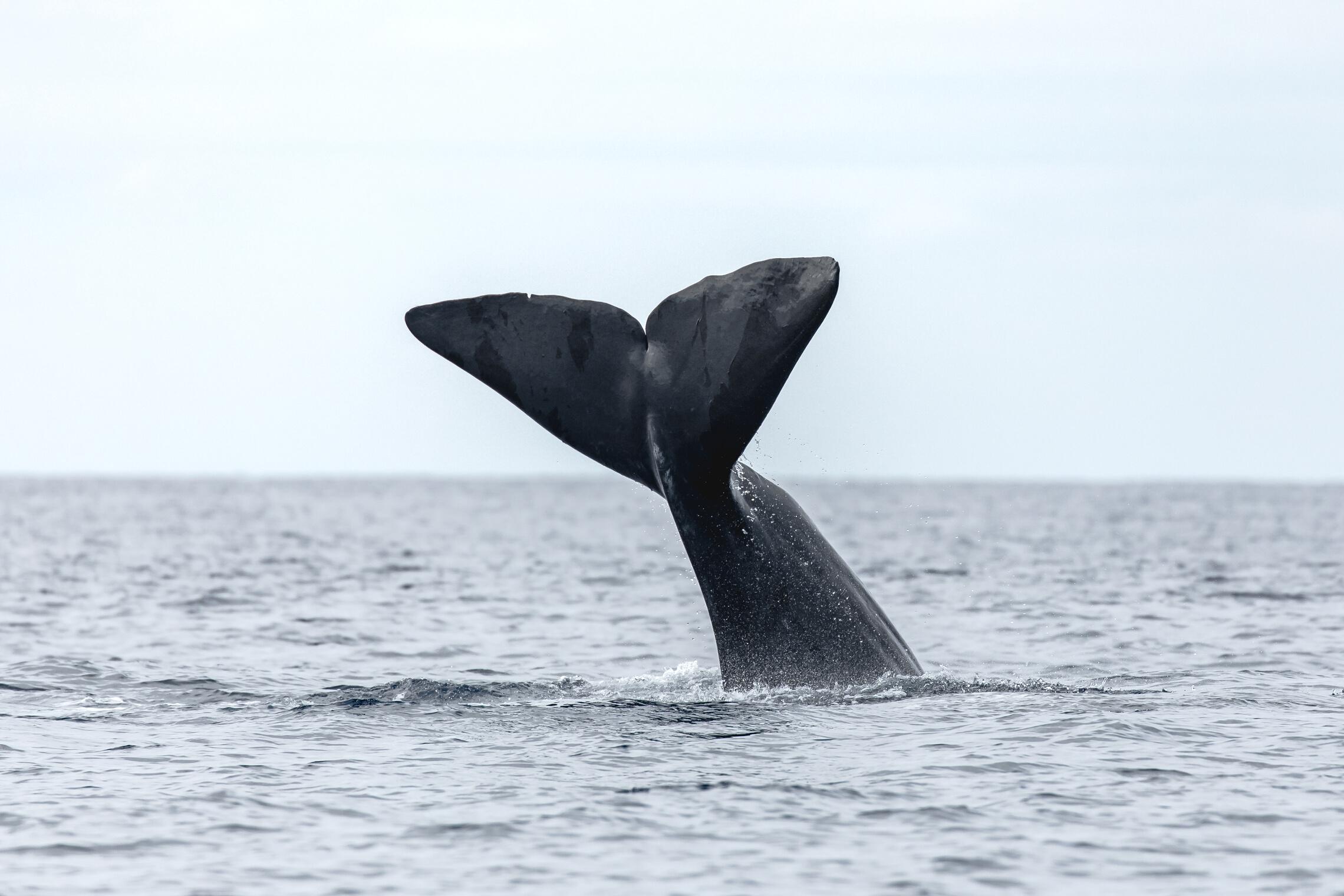
1 minute read
i n P e r s p e c t i v e
2 0 2 2
Baleen Whales
Advertisement
The year 2022 clearly deviated from the famous "spring bonanza" years Between 2019 and 2021, we recorded low numbers of blue and fin whales - in 2022 it was no different. We recorded only 27 baleen whale sightings between March and June. Humpback whales were sighted most often during this time (n=13), followed by blue whales (n=6), sei whales (n=5) and fin whales (n=3) However, baleen whale sightings continued in summer and autumn! It was a spectacular year for sei whales with 59 encounters between July and early September. Fin whales reappeared in September-October (n=6) Other species that were sighted in the second half of 2022 are the minke whale (n=5) and Bryde's whale (n=2)
Through the years, scientists have learned more about baleen whales in the Azores. Blue whales and fin whales are known to perform "pitstops for feeding" in the Azores as they migrate to more northern feeding grounds in spring. They have been shown to prefer areas with highly dynamic oceanographic features, such as fronts and eddies. These have been found to aggregate prey, which would facilitate more efficient foraging for these giant whales We could hypothesise that these two species did not find suitable foraging habitat off our south coast in spring 2022, or perhaps they found more optimal habitat in other places.
Although blue, fin and sei whales live in sympatry, their niches and life strategies differ. Blue whale sightings occur mostly between March and June. Fin whales are comparatively more flexible with low sighting rates in other times of the year as well. Sei whales usually arrive a bit later than blue and fin whales, and stay until later in the year Sei whale migrations are poorly understood and it is hard to predict their presence. Sighting rates of this species may be high in spring, but there may be notable peaks in summer-autumn as well. Our observations in 2022 are in line with these findings.
At least three studies have reported that feeding was less of a priority for sei whales in the Azores, but in 2022 we noted indications of feeding during 40% of our sightings. We had quite a few observations of sei whales lunge- and skim-feeding on baitfish at the surface Perhaps the abundance of fish prey can explain the high number of sei whale sightings during the summer months.









